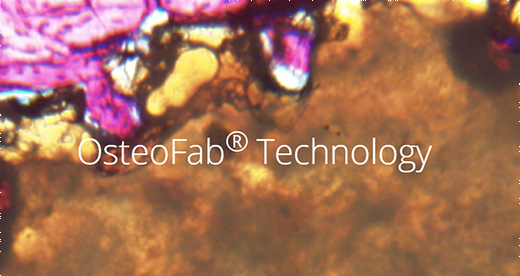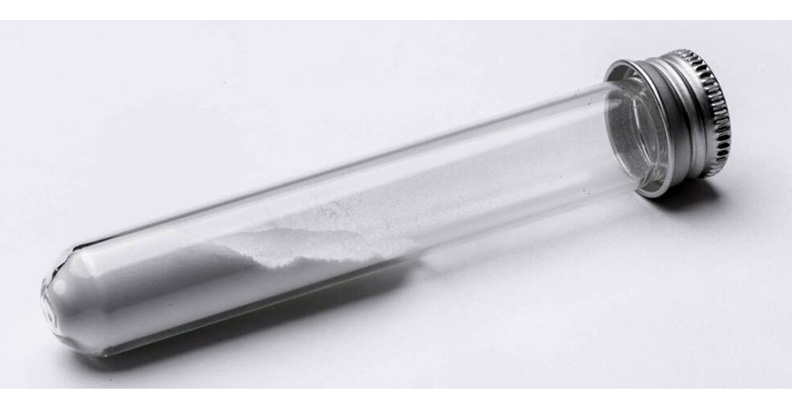
Oxford Performance Materials (OPM) announced results of an ongoing scientific study analyzing the antibacterial properties of 3D-printed PEKK. The studies definitively establish a mechanism of action for how 3D-printed PEKK exhibits inherent antibacterial characteristics, further confirming PEKK’s role in combatting implant infections. The research builds on a 2017 study where samples produced by OPM’s proprietary OsteoFab® process “demonstrated for the first time the promise that nanostructured PEKK has for numerous anti-infection orthopedic implant applications.”
The antibacterial attributes of 3D-printed PEKK are significant since they address orthopedic implant infections. 3D-printed PEKK’s antibacterial properties will provide another important layer of differentiation for the performance of OsteoFab medical devices in the marketplace.
In 2019, further studies determined that 3D-printed PEKK demonstrated significant reductions for all bacteria colonization when measured via colony forming units, crystal violet staining and live/dead assays, and a 2020 follow-up study was conducted to determine the mechanisms of the antibacterial properties of 3D-printed PEKK after 24 hours of culture, specifically examining protein adsorption and correlating that adsorption to bacteria response. Based on the test results, 3D-printed PEKK exhibited a surface energy that was much closer to proteins lubricin, mucin and casein, proteins known to reduce bacteria attachment and colonization naturally in vivo.
This greater protein adsorption was correlated to greater bacteria inhibition of 3D-printed PEKK compared to commercially available PEEK and titanium. For this portion of the study, samples were coated with lubricin, mucin and casein, and bacteria attachment was characterized using colony forming unit counts, crystal violet staining and live/dead assays. All results correlated the increased protein adsorption to decreased bacteria colonization for S. epidermidis, P. aeruginosa, and MRSA, again compared to PEEK and titanium controls.
This finding provides objective evidence explaining why OPM’s 3D-printed PEKK exhibits inherent antibacterial effects.
“We have been continually impressed with the strong bacteria resistance and pro-bone cell responses of OPM’s PEKK samples,” said Dr. Thomas Webster of Northeastern University. “All resulting from optimal surface properties without resorting to the use of antibiotics or the release of growth factors, as our studies have shown.” Equally significant are the implications of lubricin adsorption onto 3D-printed PEKK, in terms of future joint and cartilage applications of the OsteoFab technology platform. Lubricin is a naturally occurring protein that is secreted in synovial joints; it coats surrounding cartilage and contributes to the overall integrity of the joint. With demonstrated adhesion to 3D-printed PEKK, new devices could provide even more benefits in an increasing number of orthopedic applications.




